Live footage of me working on this circular knitting project:
Just kidding… it actually took me multiple days to disassemble, unravel, and rewind my thrift store sweater into useable yarn 🥴
v0 ‘Waste Sweater’ Materials
Some details on the process:
Sourcing the ‘waste’ yarn - I was excited to find this 100% lambswool sweater at a thrift store, it was the exact weight (yarn thickness) and color (medium heather gray) I was looking for. I hesitate to call this sweater waste... because it was in good condition and therefore a great candidate for resale and continued use as-is. More thoughts on that later... but for this proof of concept, it was a perfect match!
Disassembling, unraveling, and re-winding - this process wasn’t technically difficult, but it was slow going. I found some tutorials online that recommended ‘disassembling’ the panels first (left), making it possible to then unravel each piece (right) into loose ‘hanks’ of yarn. I did a wash before disassembling the sweater, and then again after making the hanks. Finally, I hand-rolled the yarn into balls.
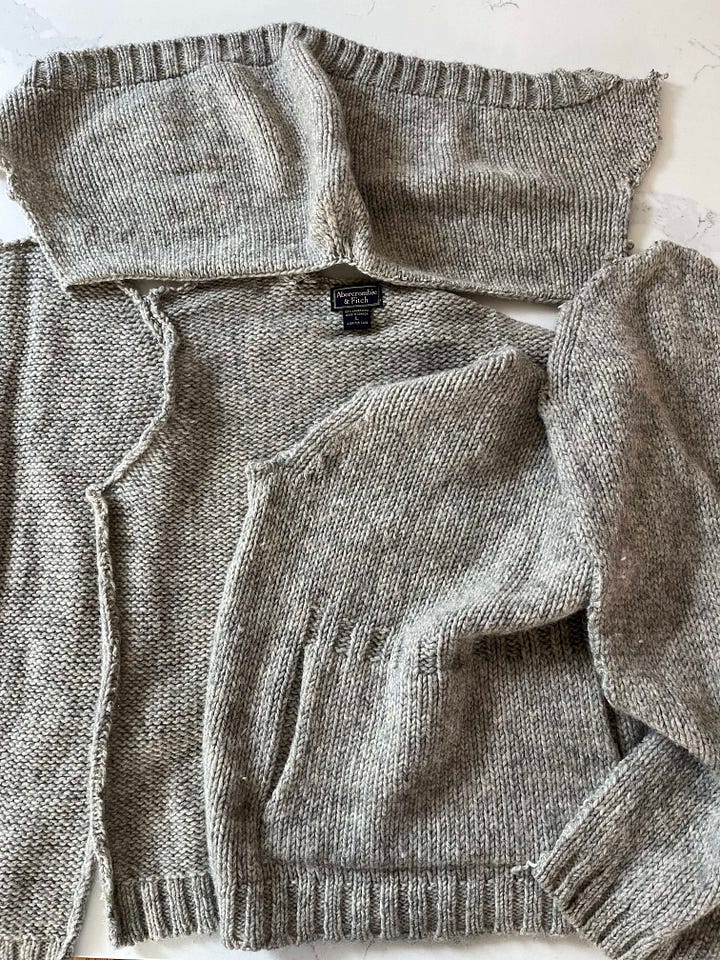
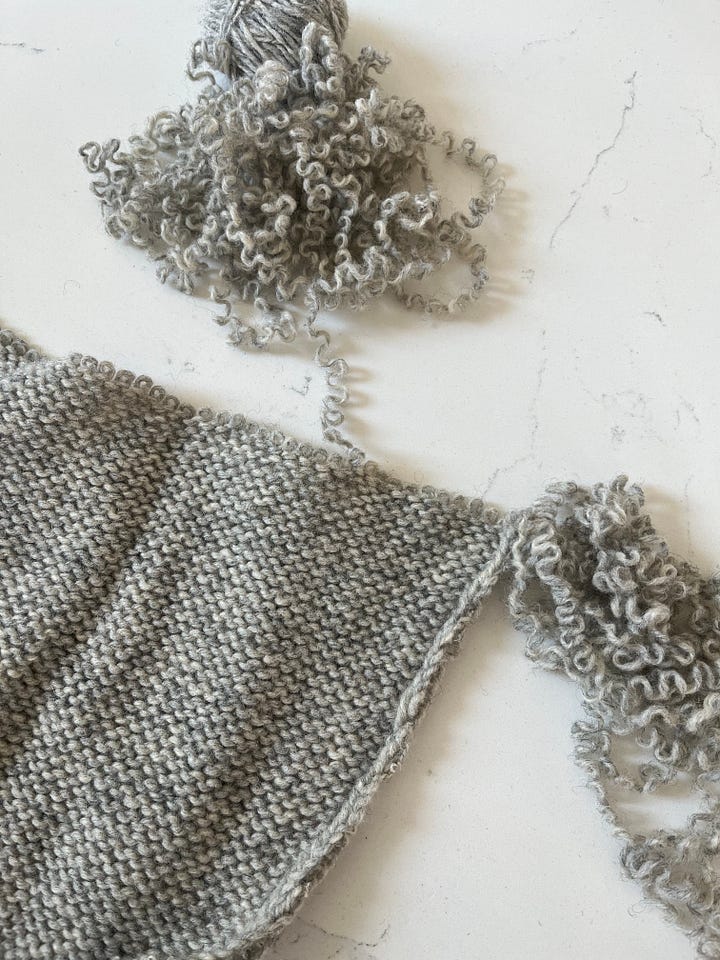
Scrap yarn - the pattern I selected also uses ‘scrap yarn’ aka the short left-over pieces from other projects. First I mined my own stash (left), and then I sourced some bundles of leftover yarn (middle) from SCRAP Creative Reuse (a store in Ann Arbor, my hometown). Following Lærke’s technique, these yarn odds and ends were tied together and rolled into little balls (right) for easy knitting alongside the base.
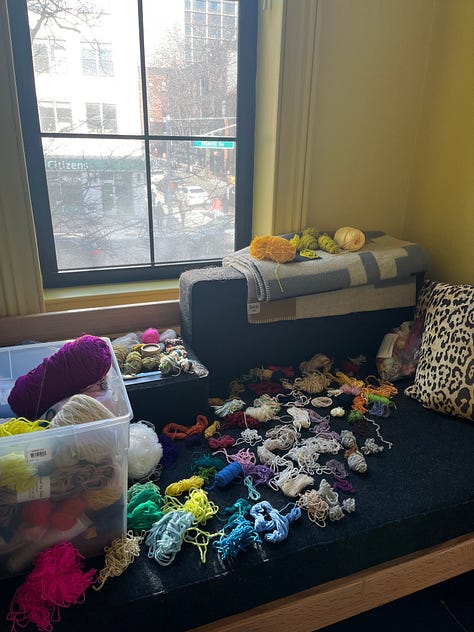

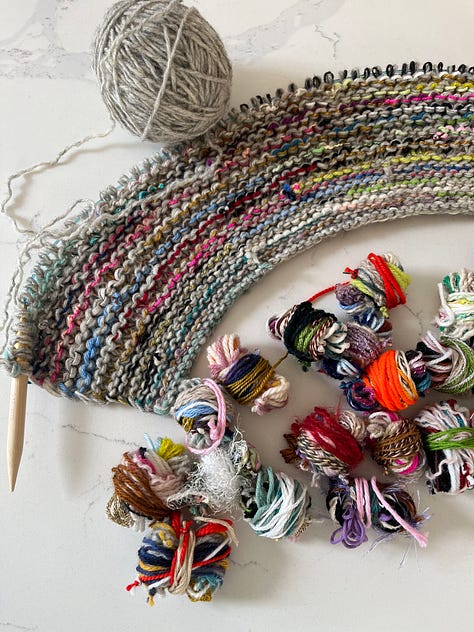
That last photo is a little preview of the sweater in progress - next week, everything comes together as I ‘manufacture’ the final piece.
Threads of Exploration
Defining fashion ‘waste’ - more than 11 million tons of textiles go to landfill in the US every year. Some portion of that is already being diverted through resale and reuse, but there’s an overwhelming volume of material going to waste. The thrift store sweater I bought was in great shape for resale/reuse - for a next iteration of this project, I’d love to try and source more directly from waste streams.
Note: This figure doesn’t even include pre-consumer waste, i.e. the leftover materials that textile producers, brands, and apparel manufacturers don’t and/or can’t sell. Fabscrap, a NYC-based textile recycling non-profit focused on pre-consumer waste, estimates that commercial waste is at least 40x residential waste.
Who out there is ‘processing’ this waste, aka sorting it to be resold, remanufactured, recycled, etc.? I subscribe to Cynthia’s Circularity News, a newsletter covering all things circular fashion, and last week's piece on this topic was super informative and thought-provoking.
I’m starting to compile a database of sources for ‘waste’ & scrap yarn. More to come here - looking forward to sharing this resource publicly soon.
Tomorrow I’m going to a yarn swap/sweater unraveling & knitting workshop hosted by Reclypt - super excited to meet circular fashion & knitting fans here in Brooklyn!
Until next week,
Anne




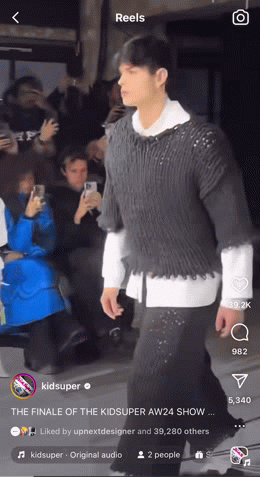
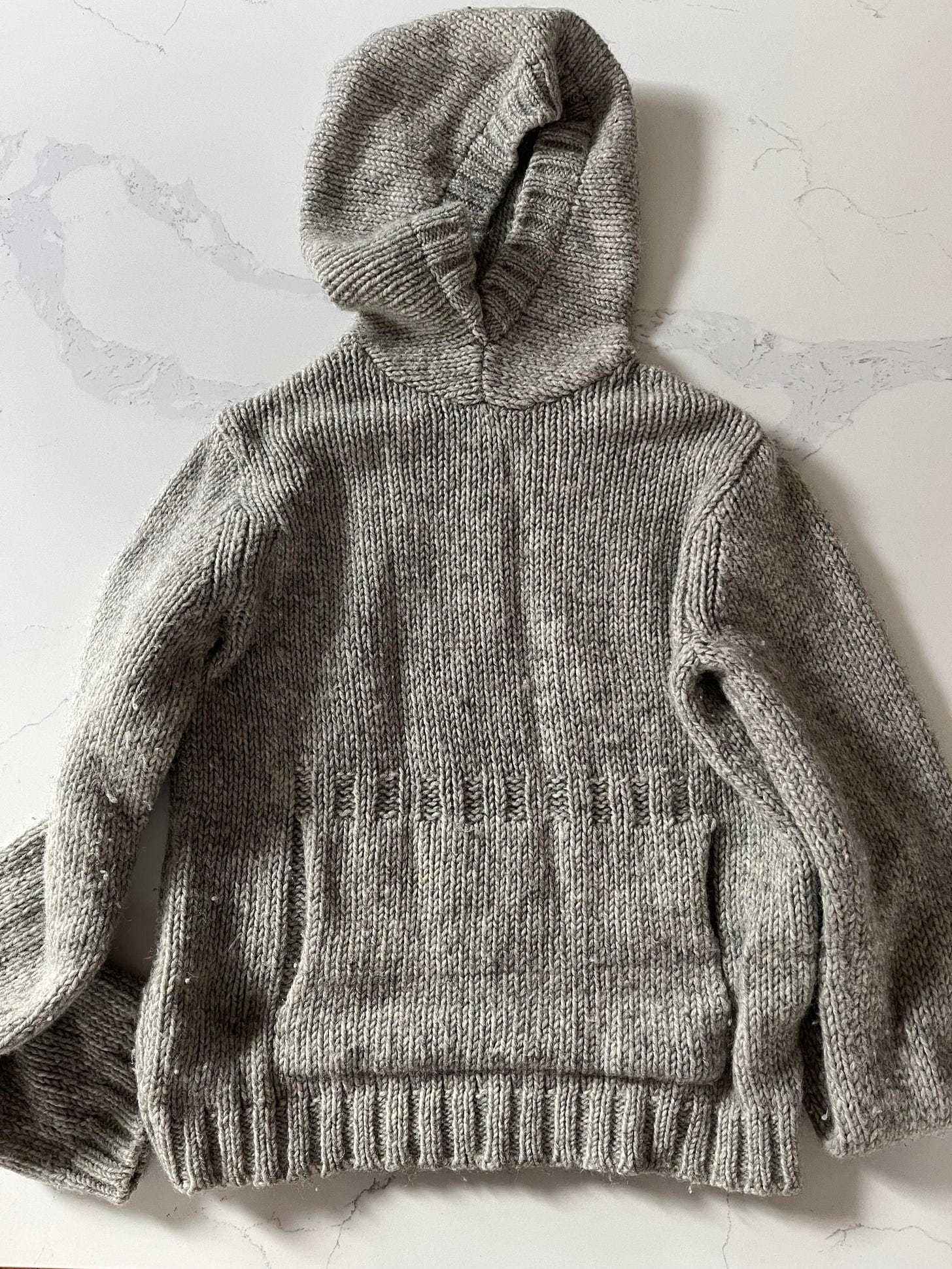
Omg I bought both of Laerke’s books! That’s where the scrunchie pattern came from :) I’m going to do a sweater next. Would love any advice from your experience making one.